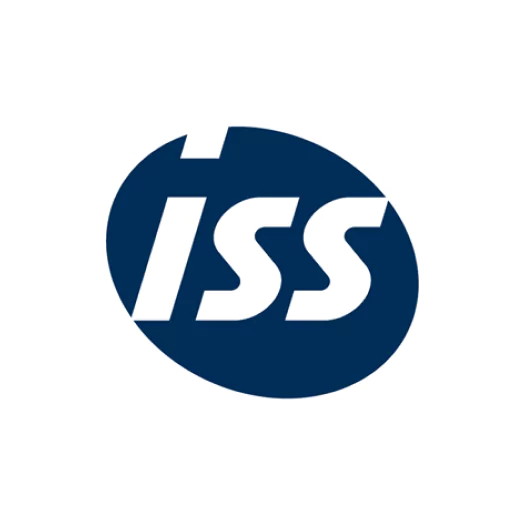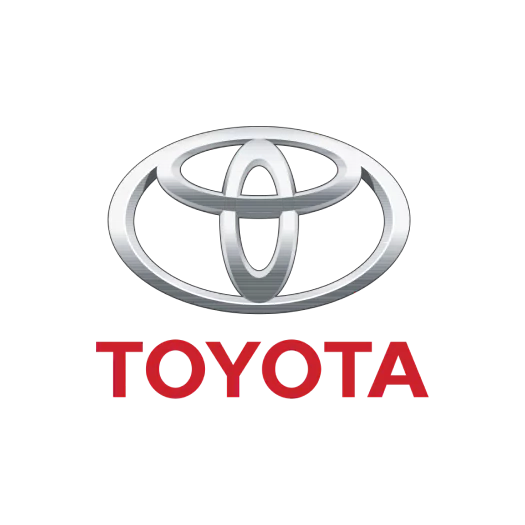Measuring ERP return on investment (ROI) is essential for justifying the investment and understanding its impact. Since ERP claims to be able to unify data across all key business functions, businesses must make sure that their investment is worth the price they pay.
This analysis helps businesses anticipate benefits, track improvements, and refine their ERP strategy over time to maximize value.
However, since ERP systems affect multiple areas of a business, calculating their impact—and ROI—can be complex. This is especially true for cloud ERP, where intangible benefits are harder to measure in direct financial terms.
In this article, we’ll explore ERP benefits, how to calculate ROI, and key strategies to maximize your ERP investment.
Key Takeaways
|
Table of Content
Content Lists
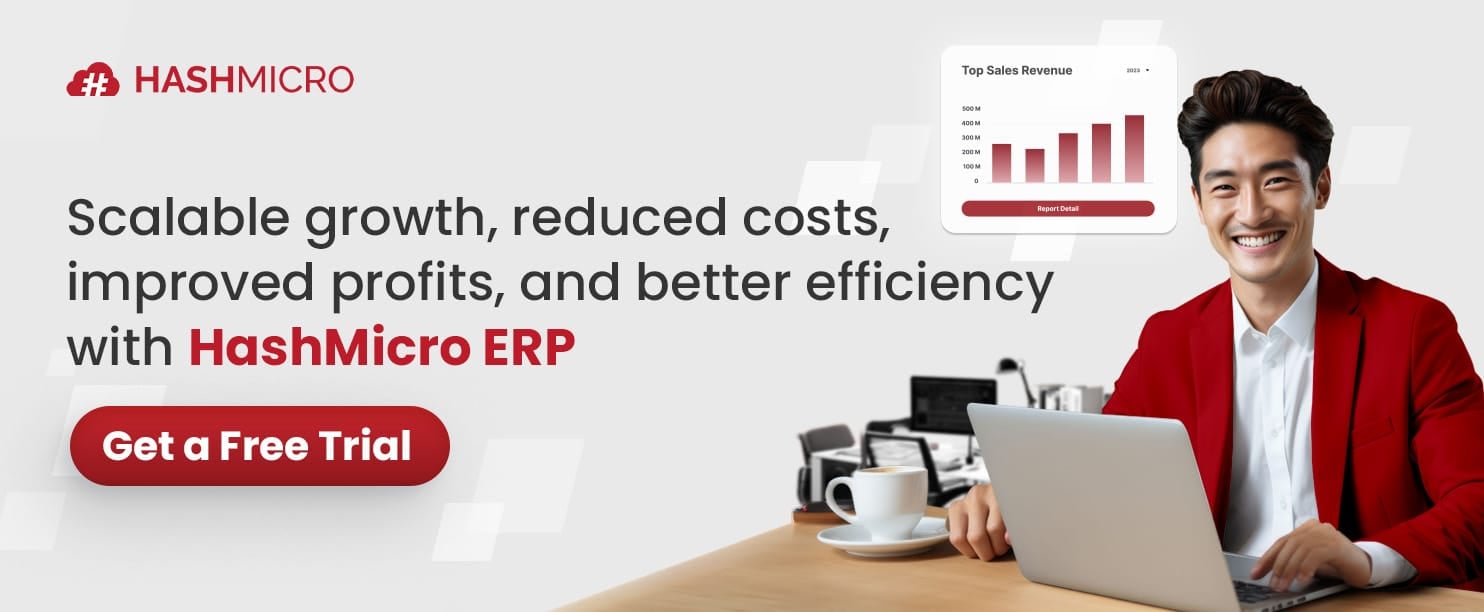
What is ERP?
ERP, or Enterprise Resource Planning, is software that connects different parts of your business, giving you a clear view of everything in one place. It helps improve every business aspect you can think of, cut costs, and boost performance.
A well-managed ERP life cycle ensures that organizations fully leverage their ERP system by streamlining operations across finance, inventory, manufacturing, sales, and HR. With better access to critical data and automated workflows, businesses can improve decision-making, optimize resources, and drive sustainable growth.
The cost of an ERP software varies based on factors like company size, number of users, chosen modules, customizations, IT setup, hosting method, and implementation details.
What Kinds of Problems Does an ERP Solve?
An ERP system helps businesses overcome common challenges by connecting all departments and centralizing important data in one place.
Instead of dealing with scattered information across multiple systems, companies get a single, real-time database that everyone can access, so the decision-making is faster and more accurate.
ERP also solves problems like inefficient resource planning, supply chain bottlenecks, and financial tracking issues. It goes beyond basic operations by offering tools for reporting, sales, marketing, CRM, and project management
Benefits of an ERP System
Before calculating the ROI of an ERP system, it’s important to define why your business is investing in it and what goals you want to achieve. The following breakdown of business process management software benefits and how they create value will help set clear expectations:
1. Data Stored in a Central Database
ERP systems gather data from across the business and store it in a single database. This gives employees, especially key decision-makers, real-time access to accurate, integrated insights into business, from finance and warehouse management to sales and customer engagement.
2. Unified View Reduces Silos
Having a single source of truth eliminates data silos, making decision-making faster and more efficient. For example, real-time insights into supply chains, inventory levels, and customer demand help manufacturers maximize output without overloading their teams.
3. Enables Rapid Scaling
Cloud-based ERP solutions, in particular, provide a strong foundation for businesses looking to grow quickly. They help companies manage increasing complexity while maintaining efficiency and control.
4. Reduces Human Error
ERP systems improve order accuracy and payment processing by automating invoicing. Manual bookkeeping, on the other hand, is slow and error-prone, leading to costly mistakes and delays.
As the saying goes, time is money: the faster a business processes, ships, and invoices an order, the sooner it reaches the customer and generates revenue.
5. Cuts Down on Staffing Needs
One of the biggest advantages of ERP is its ability to integrate processes across multiple departments. Take the procure-to-pay process, which involves teams from sales to warehousing and fulfillment.
With an ERP, everyone in the chain can track and manage the process in one system. For example, a salesperson who closes a big deal can instantly check the order’s status and update the customer—without relying on others for information.
How to Calculate ERP Return on Investment

Now, let’s look at the basic ERP ROI formula and an example:
ROI = (total value of investment – total cost of investment) / total cost of investment × 100%
In simple terms, ERP return on investment measures how much value an ERP system generates compared to its total cost. This is expressed as a percentage. The total cost of ownership (TCO) includes the initial investment and ongoing costs.
Traditionally, this applied to on-premises ERP, covering software purchase and maintenance. For cloud-based ERP, costs include monthly or yearly subscription fees instead. A higher gain-to-cost ratio means a higher ROI.
Example ERP ROI Calculation
Let’s say a consumer goods manufacturer in Malaysia implemented a cloud-based ERP system with a yearly subscription. Three years after going live, the company calculates its ROI based on:
- Upfront implementation cost: RM 250,000
- Yearly subscription fees: RM 500,000
- Total cost over three years (cloud-equivalent TCO): RM 1,750,000
This example is simplified, as real costs might include training, implementation fees, and other expenses beyond licensing and setup. And then, to measure ROI, the manufacturer focuses on tangible benefits, calculating increased sales, higher profit margins, and reduced production costs directly linked to the ERP system.
Over three years, the value provided by the ERP system (ignoring inflation) is RM 3,325,000.
Using the ERP ROI formula, we calculate:
(RM 3,325,000 – RM 1,750,000) / RM 1,750,000 × 100 = 90% ROI
This example is simplified, as actual gains depend on business-specific factors, such as lower production, transportation, and inventory costs, higher order volumes, reduced staffing needs, and lower administrative expenses.
Beyond financial returns, ERP systems also offer intangible benefits, like improved employee morale, better decision-making, and smoother operations, which should also be considered when evaluating ROI.
Tips to Increase ERP Return on Investment
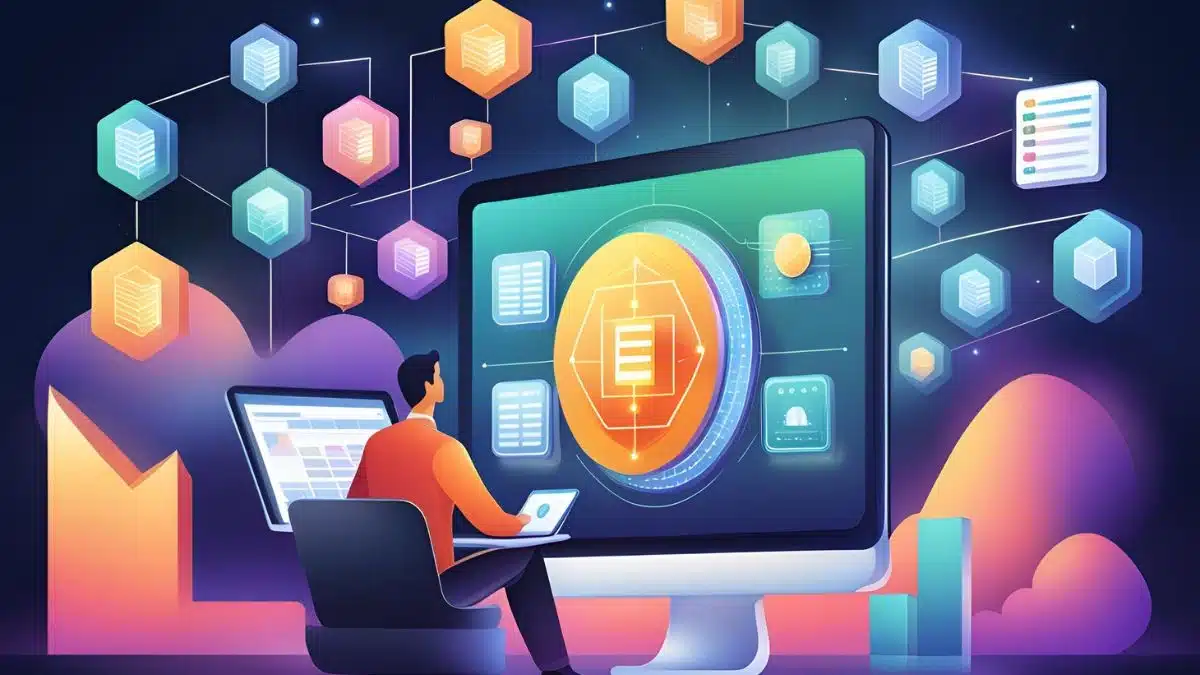
There’s no universal strategy for maximizing ERP ROI since every business has unique goals and resources. Industry-specific factors also play a role— for example, a marketing agency won’t face the same supply chain challenges as a manufacturer.
That said, here are five key tips to help businesses get the most value from their ERP, whether using an on-premises, cloud-based, or hybrid system.
1. Prioritize Employee Training
A well-trained team is essential for an ERP system to deliver strong returns. While initial training costs may seem high, they lead to faster adoption and long-term benefits. Without proper training, employees may continue using manual processes, limiting the ERP’s impact and reducing overall ROI.
2. Secure Leadership Buy-In
ERP success depends on company-wide commitment, starting from the top. Executives, managers, and department heads must fully support the system and promote its value.
3. Never Stop Evaluating
To maximize ERP return on investment, businesses should regularly review and refine their approach. At least once a year, leaders should analyze costs and returns, compare them to past data, and look for ways to cut expenses while maximizing ERP benefits.
4. Be Realistic About Costs and Benefits
Estimating ERP costs can be challenging, especially for small and midsize businesses transitioning to a more advanced system.
Many companies consult ERP vendors or implementation partners for accurate cost estimates and employee training plans. Measuring both tangible and intangible benefits is equally important.
5. Avoid Common ERP Pitfalls
A major mistake is viewing ERP implementation as a one-time project with an upfront cost and quick payback period. In reality, ERP adoption happens in phases, with ROI measured at key milestones.
Another challenge is knowing when to stop measuring ROI, especially with cloud-based ERP systems that update continuously. Unlike physical assets with a fixed lifespan, cloud ERP evolves over time.
At a certain point, it simply becomes a core part of daily operations, and measuring ROI is no longer necessary. Some other pitfall people often fall into is that ERP and accounting software are the same, when in fact they’re not.
Read our article about ERP vs accounting software to find out more about the differences between the two and which part of business they serve..
Conclusion
Getting the most out of your ERP investment is key to helping your business in Malaysia grow. With careful planning and informed decisions, you can fully unlock the system’s potential.
HashMicro ERP System offers long-term benefits like better efficiency, smoother workflows, and improved business performance. Using data-driven insights helps maximize your ERP ROI and drive smarter business decisions.
To stay competitive, businesses must adapt to new technology and market trends. By exploring new ERP features, you can enhance operations and discover new growth opportunities.
Experience it firsthand with a free demo!

Frequently Asked Questions on ROI in ERP
-
How can businesses forecast the ROI of a new ERP system?
To forecast ERP ROI, companies should organize comprehensive data, focus on optimizing processes and personnel, set realistic implementation timelines, and accurately estimate all associated costs, including licensing, training, and maintenance.
-
What are common hidden costs in ERP implementation that can affect ROI?
Hidden costs may include expenses for consulting services, customization, data migration, and ongoing training. Being aware of these can help in creating a more accurate ROI projection.
-
What intangible benefits of ERP systems should be considered when evaluating ROI?
Intangible benefits include improved employee satisfaction, better decision-making capabilities, and enhanced customer loyalty, all of which, while not easily quantifiable, significantly contribute to the overall value derived from an ERP system.
-
How does cloud-based ERP influence ROI compared to on-premises systems?
Cloud-based ERP systems often offer a lower total cost of ownership by eliminating the need for extensive on-site hardware and reducing system administration costs, potentially leading to a faster and higher ROI.




















